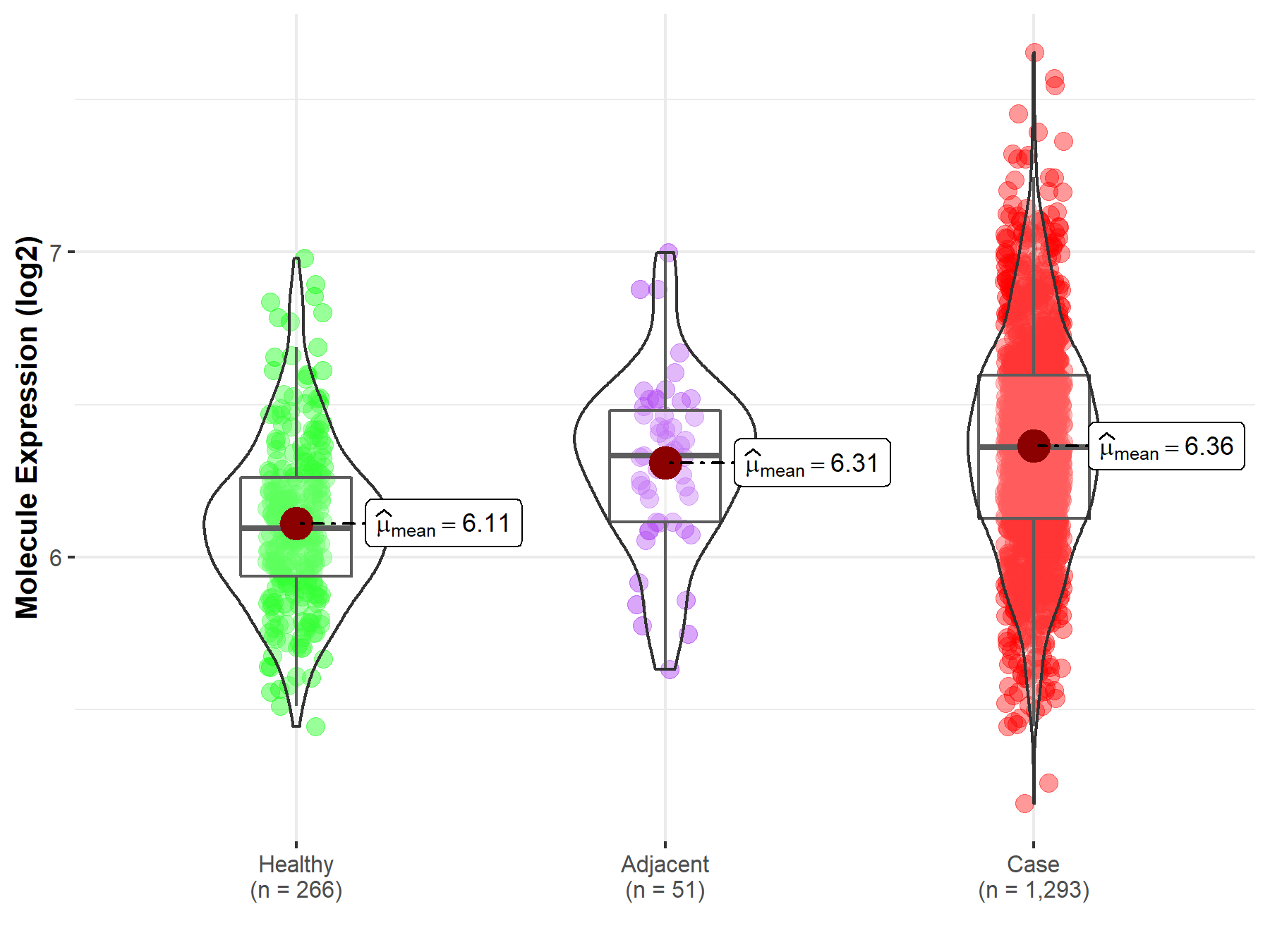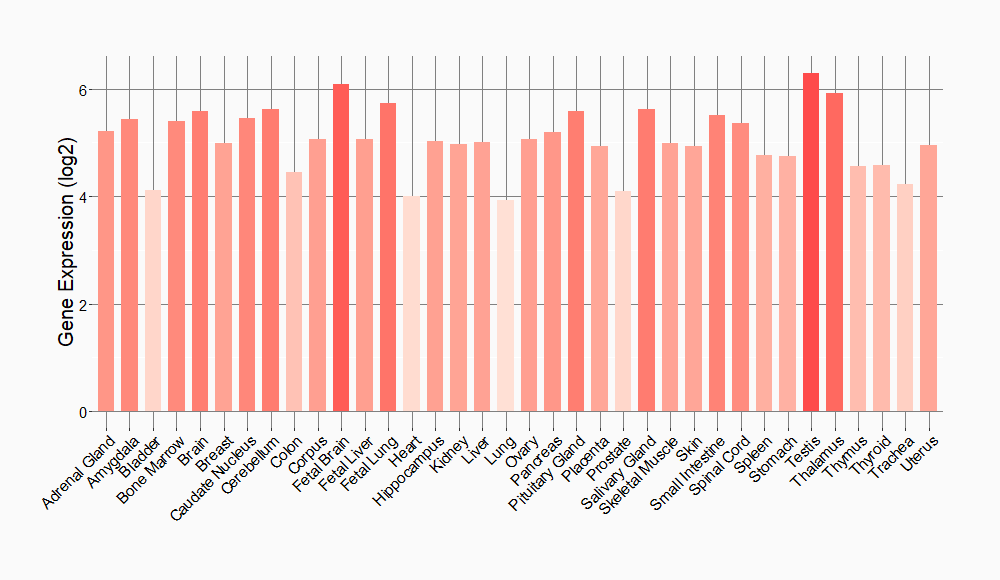Molecule Information
General Information of the Molecule (ID: Mol01964)
| Name |
Fizzy and cell division cycle 20 related 1 (FZR1)
,Homo sapiens
|
||||
|---|---|---|---|---|---|
| Synonyms |
FZR1; CDH1; FYR; FZR; KIAA1242
Click to Show/Hide
|
||||
| Molecule Type |
Protein
|
||||
| Gene Name |
FZR1
|
||||
| Gene ID | |||||
| Location |
chr19:3,506,311-3,538,334[+]
|
||||
| Sequence |
MDQDYERRLLRQIVIQNENTMPRVTEMRRTLTPASSPVSSPSKHGDRFIPSRAGANWSVN
FHRINENEKSPSQNRKAKDATSDNGKDGLAYSALLKNELLGAGIEKVQDPQTEDRRLQPS TPEKKGLFTYSLSTKRSSPDDGNDVSPYSLSPVSNKSQKLLRSPRKPTRKISKIPFKVLD APELQDDFYLNLVDWSSLNVLSVGLGTCVYLWSACTSQVTRLCDLSVEGDSVTSVGWSER GNLVAVGTHKGFVQIWDAAAGKKLSMLEGHTARVGALAWNAEQLSSGSRDRMILQRDIRT PPLQSERRLQGHRQEVCGLKWSTDHQLLASGGNDNKLLVWNHSSLSPVQQYTEHLAAVKA IAWSPHQHGLLASGGGTADRCIRFWNTLTGQPLQCIDTGSQVCNLAWSKHANELVSTHGY SQNQILVWKYPSLTQVAKLTGHSYRVLYLAMSPDGEAIVTGAGDETLRFWNVFSKTRSTK VKWESVSVLNLFTRIR Click to Show/Hide
|
||||
| Function |
Substrate-specific adapter for the anaphase promoting complex/cyclosome (APC/C) E3 ubiquitin-protein ligase complex. Associates with the APC/C in late mitosis, in replacement of CDC20, and activates the APC/C during anaphase and telophase. The APC/C remains active in degrading substrates to ensure that positive regulators of the cell cycle do not accumulate prematurely. At the G1/S transition FZR1 is phosphorylated, leading to its dissociation from the APC/C. Following DNA damage, it is required for the G2 DNA damage checkpoint: its dephosphorylation and reassociation with the APC/C leads to the ubiquitination of PLK1, preventing entry into mitosis. Acts as an adapter for APC/C to target the DNA-end resection factor RBBP8/CtIP for ubiquitination and subsequent proteasomal degradation. Through the regulation of RBBP8/CtIP protein turnover, may play a role in DNA damage response, favoring DNA double-strand repair through error-prone non-homologous end joining (NHEJ) over error-free, RBBP8-mediated homologous recombination (HR).
Click to Show/Hide
|
||||
| Uniprot ID | |||||
| Ensembl ID | |||||
| HGNC ID | |||||
| Click to Show/Hide the Complete Species Lineage | |||||
Type(s) of Resistant Mechanism of This Molecule
Drug Resistance Data Categorized by Drug
Approved Drug(s)
3 drug(s) in total
| Drug Resistance Data Categorized by Their Corresponding Mechanisms | ||||
|
|
||||
| Disease Class: Breast cancer | [1] | |||
| Resistant Disease | Breast cancer [ICD-11: 2C60.3] | |||
| Resistant Drug | LY2835219 | |||
| Molecule Alteration | Expression | Down-regulation |
||
| Experimental Note | Revealed Based on the Cell Line Data | |||
| Mechanism Description | The ubiquitin (Ub) ligase APC/C, which is activated via the co-activator FZR1, interacts with RB during the G1 phase of cell cycle. More notably, APC/CFZR1 complex degrades S-phase kinase associated protein 2 (SKP2), which inhibits p27, natural CDK inhibitors, resulting in decreased CDK2, CDK4 and CDK6. Accordingly, the loss of FZR1 results in uncontrolled cell cycle progression from G1 to S phase. | |||
| Drug Resistance Data Categorized by Their Corresponding Mechanisms | ||||
|
|
||||
| Disease Class: Breast cancer | [1] | |||
| Resistant Disease | Breast cancer [ICD-11: 2C60.3] | |||
| Resistant Drug | Palbociclib | |||
| Molecule Alteration | Expression | Down-regulation |
||
| Experimental Note | Revealed Based on the Cell Line Data | |||
| Mechanism Description | The ubiquitin (Ub) ligase APC/C, which is activated via the co-activator FZR1, interacts with RB during the G1 phase of cell cycle. More notably, APC/CFZR1 complex degrades S-phase kinase associated protein 2 (SKP2), which inhibits p27, natural CDK inhibitors, resulting in decreased CDK2, CDK4 and CDK6. Accordingly, the loss of FZR1 results in uncontrolled cell cycle progression from G1 to S phase. | |||
| Drug Resistance Data Categorized by Their Corresponding Mechanisms | ||||
|
|
||||
| Disease Class: Breast cancer | [1] | |||
| Resistant Disease | Breast cancer [ICD-11: 2C60.3] | |||
| Resistant Drug | Ribociclib | |||
| Molecule Alteration | Expression | Down-regulation |
||
| Experimental Note | Revealed Based on the Cell Line Data | |||
| Mechanism Description | The ubiquitin (Ub) ligase APC/C, which is activated via the co-activator FZR1, interacts with RB during the G1 phase of cell cycle. More notably, APC/CFZR1 complex degrades S-phase kinase associated protein 2 (SKP2), which inhibits p27, natural CDK inhibitors, resulting in decreased CDK2, CDK4 and CDK6. Accordingly, the loss of FZR1 results in uncontrolled cell cycle progression from G1 to S phase. | |||
Disease- and Tissue-specific Abundances of This Molecule
ICD Disease Classification 02

| Differential expression of molecule in resistant diseases | ||
| The Studied Tissue | Breast tissue | |
| The Specified Disease | Breast cancer | |
| The Expression Level of Disease Section Compare with the Healthy Individual Tissue | p-value: 3.72E-34; Fold-change: 2.64E-01; Z-score: 9.88E-01 | |
| The Expression Level of Disease Section Compare with the Adjacent Tissue | p-value: 1.85E-01; Fold-change: 2.78E-02; Z-score: 9.95E-02 | |
|
Molecule expression in the normal tissue adjacent to the diseased tissue of patients
Molecule expression in the diseased tissue of patients
Molecule expression in the normal tissue of healthy individuals
|
||
| Disease-specific Molecule Abundances |

|
Click to View the Clearer Original Diagram |
Tissue-specific Molecule Abundances in Healthy Individuals


|
||
References
If you find any error in data or bug in web service, please kindly report it to Dr. Sun and Dr. Zhang.
